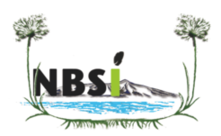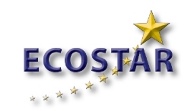Pastoralism
When the Naivasha Basin was first visited by European explorers, the Maasai were the only tribe that inhabited the lowlands bordering the lake shore. Today, the Maasai community inhabits the drier southern and western portion of the Basin, from the lake shore up into the Mau and Eburru forests. Many Maasai still live a mode of life centered around traditional pastoralism involving mainly zebu cows and often also goats.
It is easy to meet young Maasai boys follow large cattle herds as they graze the dry leleshwa (camphor, Tarchonanthus camphoratus) bush. Sometimes these excursions take several days. A recent important change occurred in the Maasai mode of life. Shortly after the turn of the century, two-stroke 150 cc Chinese motobikes were introduced to the Kenyan market at moderate price; soon they became very popular among the Maasai as well as other Kenyans living in rural areas, who use them as their preferred mode of transport as they are versatile, easy to repair and able to provide transport over rough terrain. During the rainy season, hiring a motobike with driver is often the only way to travel through the countryside.




